The Mystic Of Easter Island
Did they represent aliens who once visited the island?
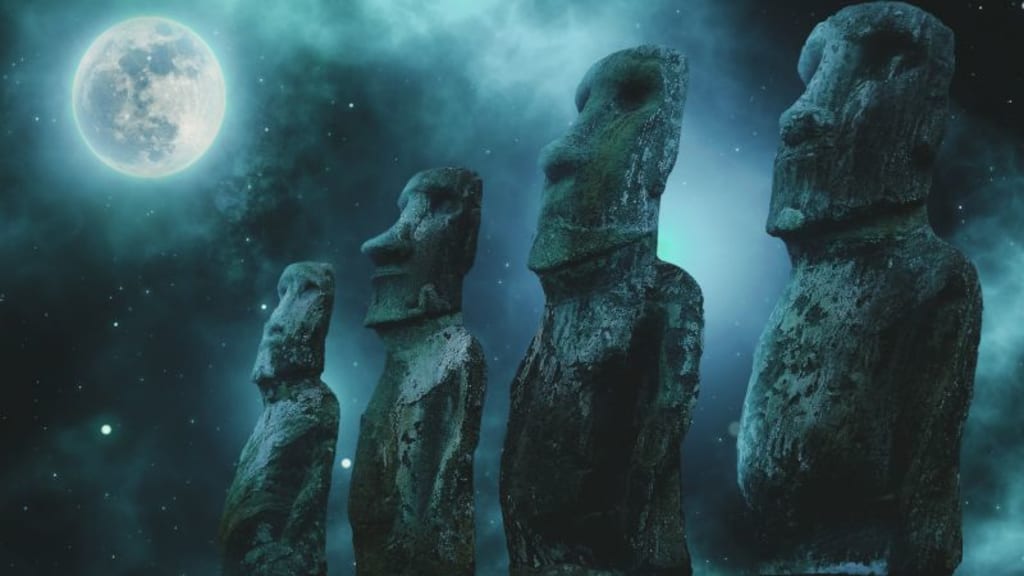
“For centuries, explorers and archaeologists have tried to solve the riddle: How did Easter Island’s tiny population build the massive, big-headed stone statues known as Moai, and how did they move them?“
The Moai of Easter Island
The impressive Moai of Easter Island is another central mystery. Who are they, how were they built, and by whom? One theory is that they represent aliens who once visited the island and that the aliens may have helped construct them. However, a new architectural theory claims it would have been humanly possible for the Polynesians to have built these impressive statues minus alien help by using complicated rope and slope techniques.
The ancient moai statues of Easter Island number hundreds, each reaching up to 30 feet and 80 tons; there’s no surviving blueprint for their construction or how the vast carvings were moved from the quarry, miles inland, to the coast. The mythology passed down through the oral tradition of the indigenous Rapa Nui says that the statues “walked.” The Moai were a short humanoid race, and their faces were the basis for the monoliths on Easter Island. They were blue-skinned and had three digits for their hands and feet. The Moai possessed ample cranial space, a large nasal cavity, and a lack of ears compared to humans. Moai seems to have triple-helix DNA. According to Dr. Benton Quest, the nasal cavity may be a sound chamber, and adding the Moai’s hollow bones creates a distinct musical note if struck.
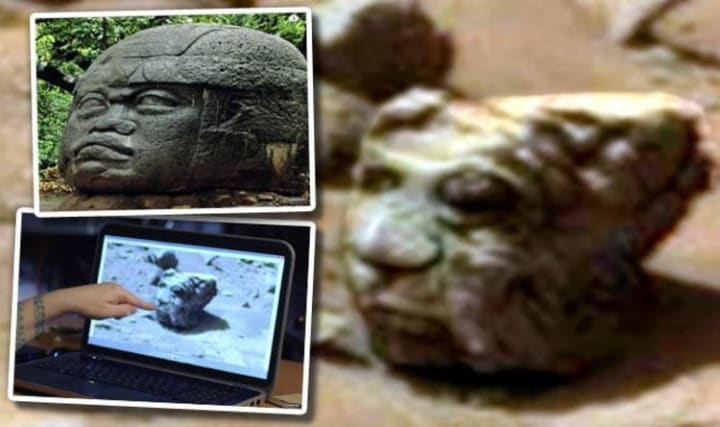
Some ancient alien experts suggest that the Moais are much, much older than others believe. Indeed, if their entire bodies were uncovered, there could be indications of aging to support this theory. Additionally, the 13-ton hats contain petroglyphs from disparate societies. This suggests a much more extended period of construction. Along that same line of reasoning, some sites on Easter Island are constructed similarly to the tight-fitting stones of Cuzco, Peru. Between the llama carvings and this, suddenly, the idea of a link between Easter Island and the Marquesas is not so farfetched.
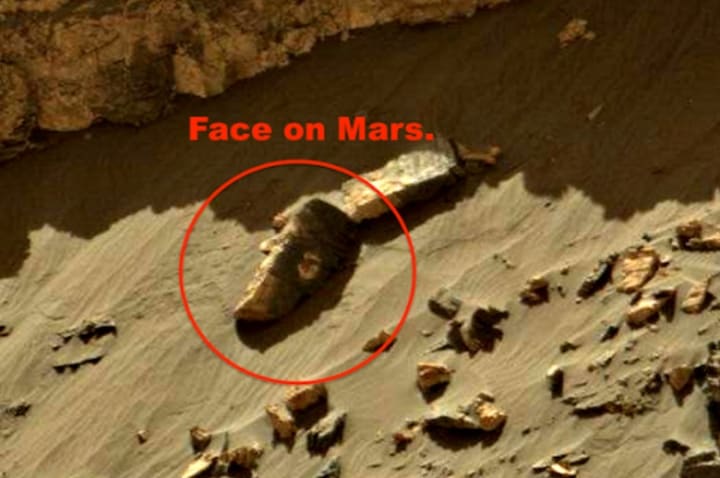
The Lost Land Of Mu
Thousands of years younger than the tales of its fabled cousin, Atlantis, the lost continent of Mu was first proposed in the mid-19th century to explain the phenomenon of similar symbols, architecture, and myths found in otherwise disparate, ancient cultures around the world. It’s hard not to notice that both the Mayans and Egyptians built pyramids, that ancient people from around the world (including Hindu, Greek, Ojibwa, Cañari, Sumerian, and Hebrew) all share a similar flood myth, and that cultures as far away as Easter Island and Egypt have identical names for the Sun (ra’a and Ra).
Accordingly, in the late 19th century, Augustus Le Plongeon first published his idea of Mu in Queen Móo & the Egyptian Sphinx (1896). Le Plongeon, who had explored some Mayan sites, claimed that writing at the ruins indicated that Mayan civilization was older than Egypt and dated back to an earlier, lost continent.
Naming it Mu, Le Plongeon’s lost continent was doomed from the start since the word Mu, ostensibly meaning a land submerged after a catastrophe, was a mistranslation. Undeterred and conflating what he thought was a story of a lost land with the myth of Atlantis, Le Plongeon decided that his Mu had been a continent peopled by an advanced civilization that had, in ancient times, sunk into the Atlantic Ocean. Le Plongeon decided that his Mu had been a continent peopled by an advanced civilization that had, in ancient times, sunk into the Atlantic Ocean.
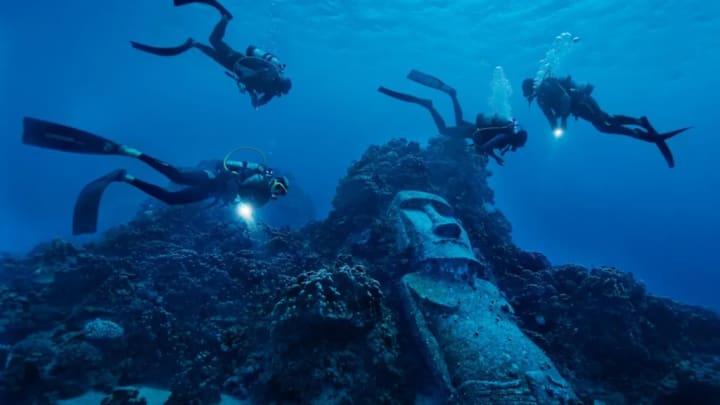
James Churchward, a British writer, published several books, including Lost Continent of Mu. Unlike Le Plongeon, however, Churchward focused his research on India. He claimed he had found ancient clay tablets kept by a high-ranking priest containing writings in a lost language that only he and two other people could read. According to Churchward, these tablets told of “the place where man first appeared—Mu.”
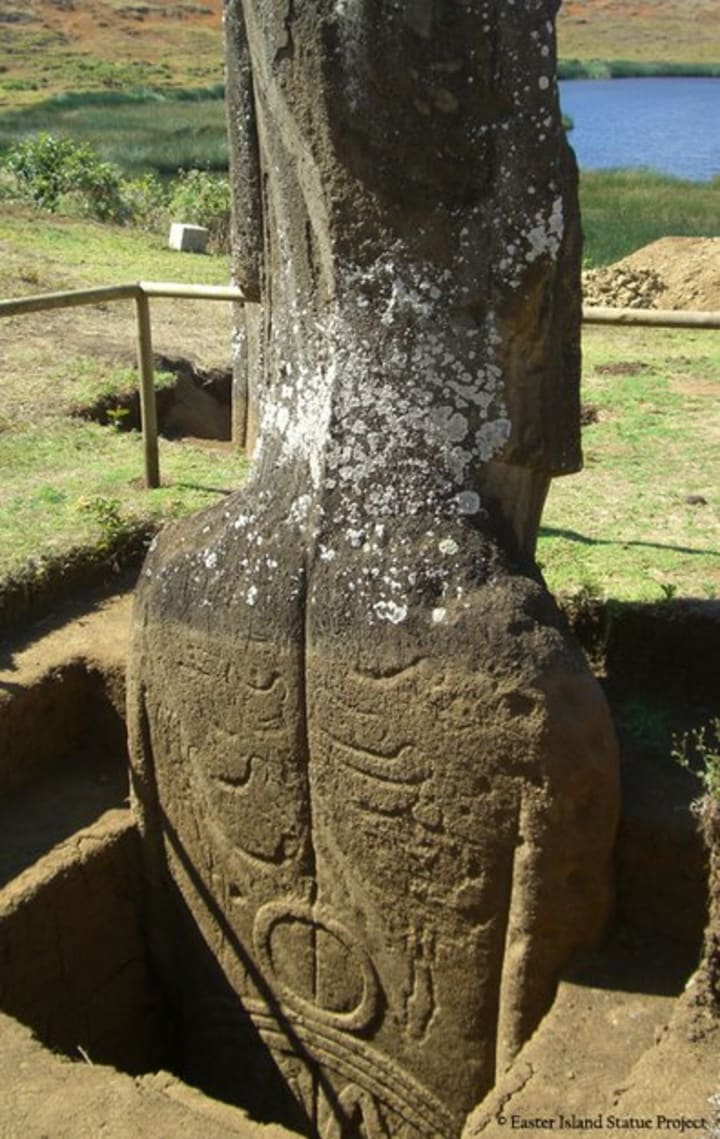
Combined with other information he said he garnered from the 2,500 or so tablets found by William Niven in Mexico. Churchward formed a vivid narrative of Mu as the home of an advanced civilization where the Naacal thrived from 50,000 to 12,000 years ago. At the time of Mu’s demise, the continent was said to contain many large cities and colonies on the other continents, and Mu was home to 64 million people. Also, unlike Le Plongeon, Churchward claimed Mu was situated in the Pacific Ocean, stretching from the Marianas to Hawaii to Easter Island to Mangaia. The catastrophe that marked its doom was essentially a supervolcano—an expansion of underground gases that led to a series of earthquakes and eruptions that ultimately sank the entire continent.
Much like Atlantis, modern dreamers continue to be enthralled with Mu, and not necessarily without reason. For many, “mainstream scientists’” explanations of sites such as the massive Moai on Easter Island and the underwater features of Yonaguni Island, Japan, are unsatisfying. At the same time, the thought of a great, ancient Mu is far more appealing.
About the Creator
Cosmic Secrets
I specialize in writing and researching about history and ufology If you enjoy my work and would like to support me, you can visit my Patreon page. You will gain access to exclusive, content that I create.
Enjoyed the story? Support the Creator.
Subscribe for free to receive all their stories in your feed. You could also become a paid subscriber, letting them know you appreciate their work.





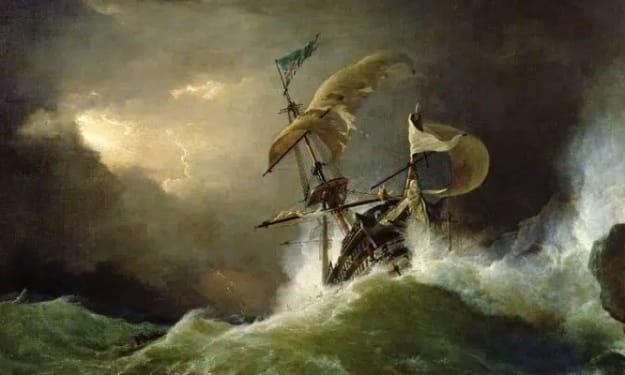
Comments
There are no comments for this story
Be the first to respond and start the conversation.